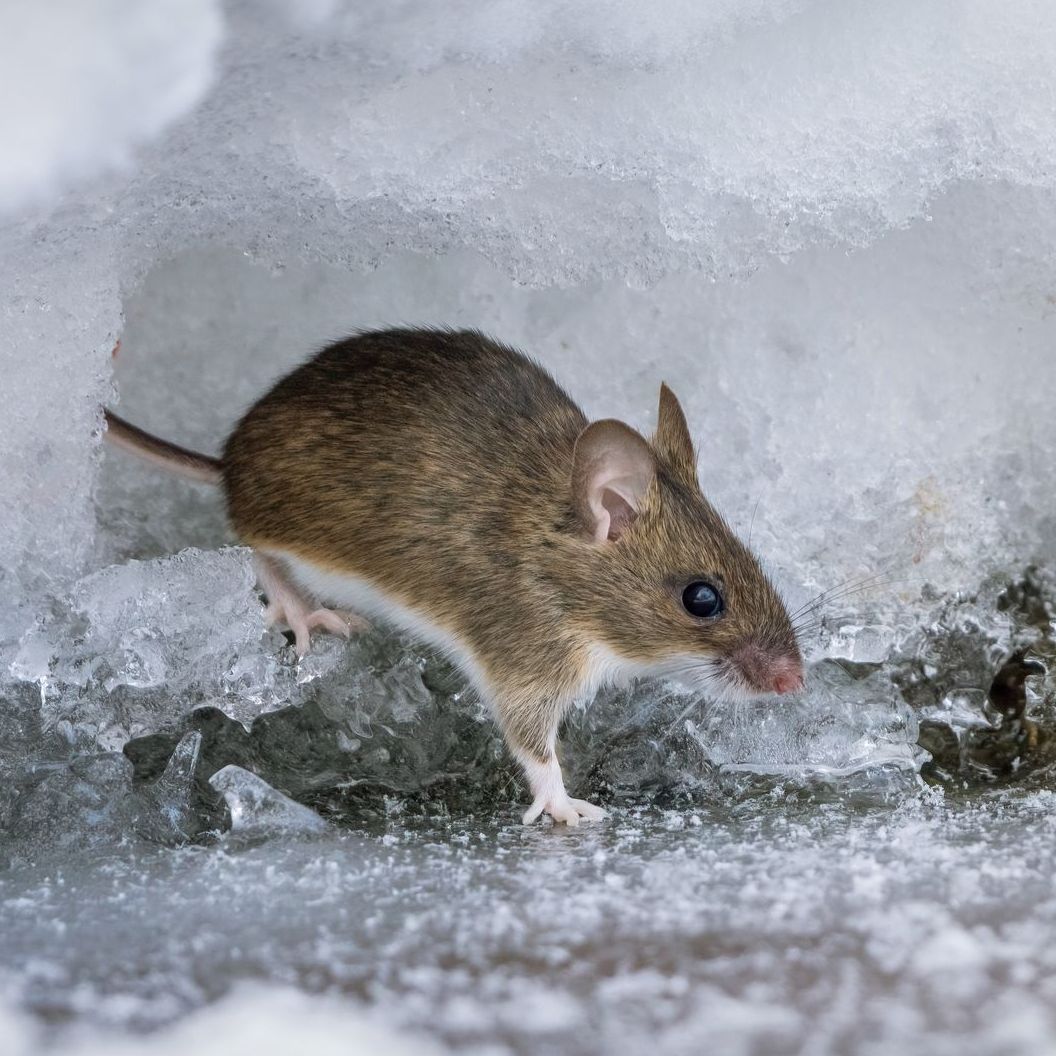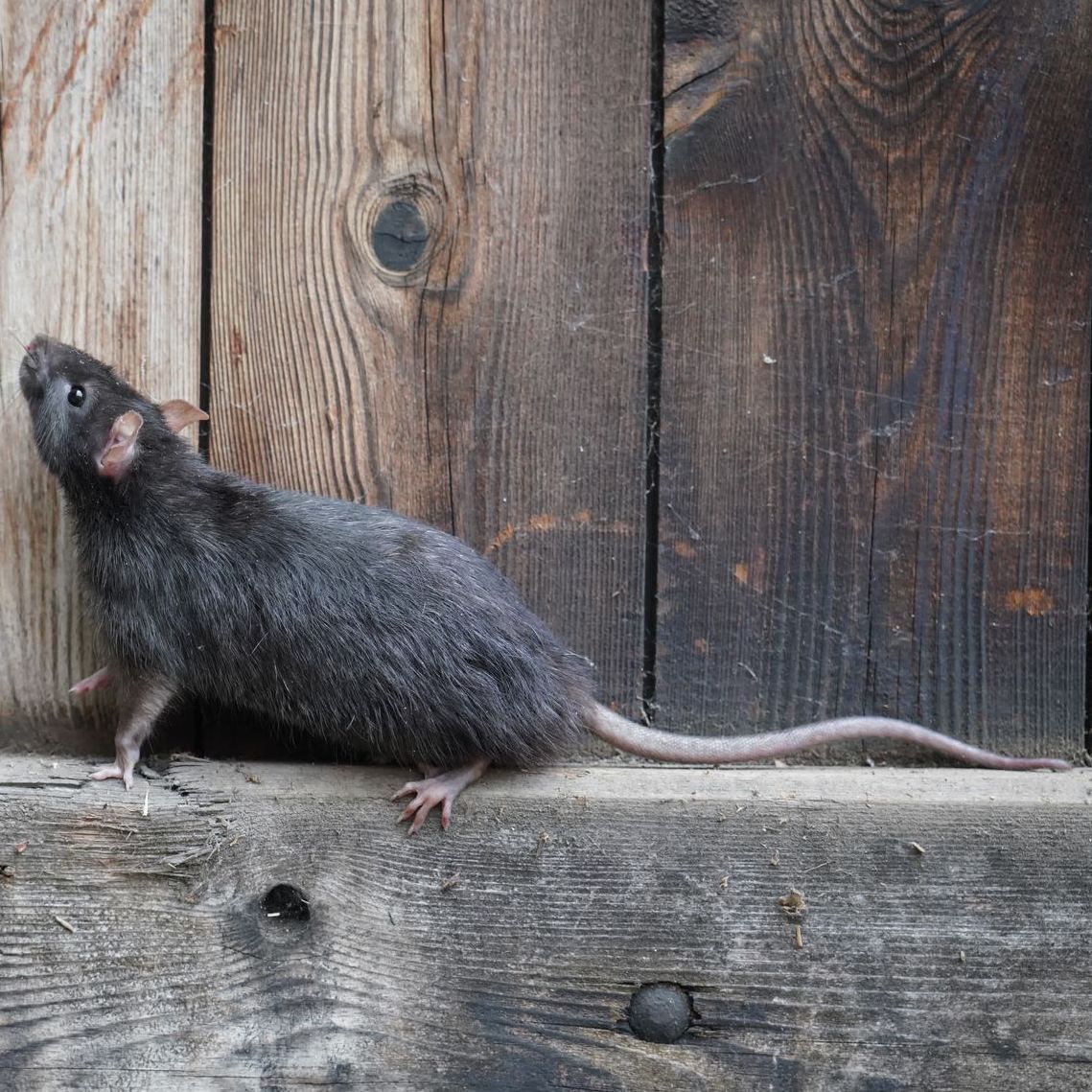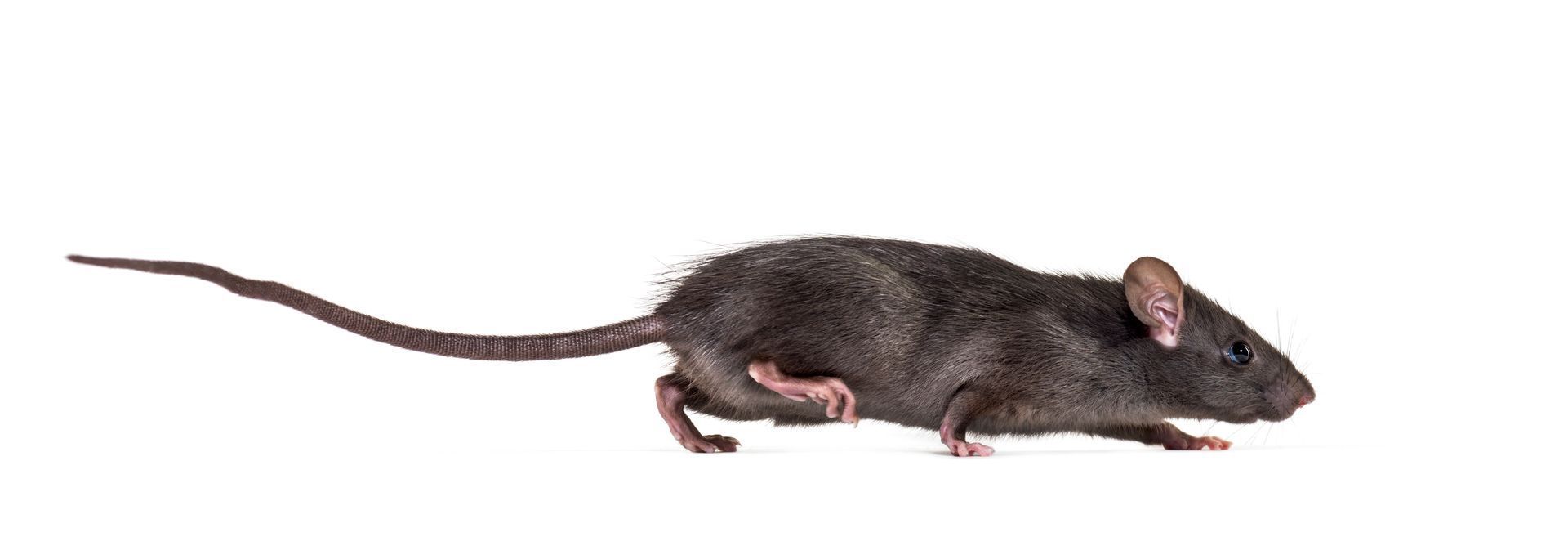Rodents In North Texas

Field Mice
- Appearance:
- Field mice are small rodents with compact bodies, short legs, and short tails.
- They typically have brown or gray fur, which helps them blend into their natural environment.
- Habitat:
- Field mice are adaptable and can be found in a variety of habitats, including grassy fields, meadows, farmlands, and even suburban areas.
- They create burrows in the ground, often with multiple entrances, for shelter and protection.
- Diet:
- Field mice are herbivores and primarily feed on grasses, seeds, and other plant material.
- In agricultural settings, they can cause damage to crops by feeding on roots, tubers, and the base of plants.

Norway Rat
- Appearance:
- Norway rats have a robust and heavy-set body with coarse fur that is typically brown or gray.
- Their tails are shorter than their bodies and are scaly. The ears and eyes are relatively small compared to the size of the head.
- Size:
- Adult Norway rats typically have a body length of about 7 to 10 inches (18 to 25 cm) and a tail length of 6 to 8 inches (15 to 20 cm).
- They are larger than their close relative, the roof rat (Rattus rattus).
- Habitat:
- Norway rats are burrowers and are known for creating extensive burrow systems for shelter and nesting.
- They can be found in a variety of environments, including sewers, basements, building foundations, rubbish heaps, and outdoor areas.
- Diet:
- Norway rats are opportunistic feeders with a diet that includes a wide range of items such as grains, fruits, seeds, insects, and garbage.
- Their feeding habits make them adaptable to both urban and rural settings.
- Disease Vectors:
- Norway rats can transmit diseases to humans directly or indirectly through contaminated food and water.
- They may carry pathogens such as Leptospira, Salmonella, and hantavirus.
- Impact:
- Norway rats can cause damage to property and food supplies, and their gnawing habits can pose a fire hazard by damaging electrical wiring.
- They are considered pests in urban environments due to their potential for disease transmission and economic impact.

Roof Rat
- Appearance:
- Roof rats have a slender and agile build, with a body length ranging from 6 to 8 inches (15 to 20 cm) and a tail that is longer than the body.
- Their fur is typically dark brown to black, and their ears are relatively large compared to the size of their head.
- Habitat:
- As the name suggests, roof rats are excellent climbers and are often found in elevated locations such as attics, trees, and rooftops.
- They may also inhabit burrows in the ground, especially in areas with dense vegetation.
- Diet:
- Roof rats are omnivorous and have a varied diet that includes fruits, nuts, seeds, insects, and human food.
- They are known to damage crops, stored food, and structures through their feeding and gnawing habits.
- Disease Vectors:
- Roof rats can carry and transmit diseases to humans directly or indirectly through their droppings, urine, and bites.
- Diseases associated with roof rats may include leptospirosis, salmonellosis, and rat-bite fever.
- Impact:
- Roof rats can cause damage to structures, electrical wiring, and stored goods through their gnawing and nesting activities.
- They are considered pests due to their potential for spreading diseases and their impact on agriculture and stored food.